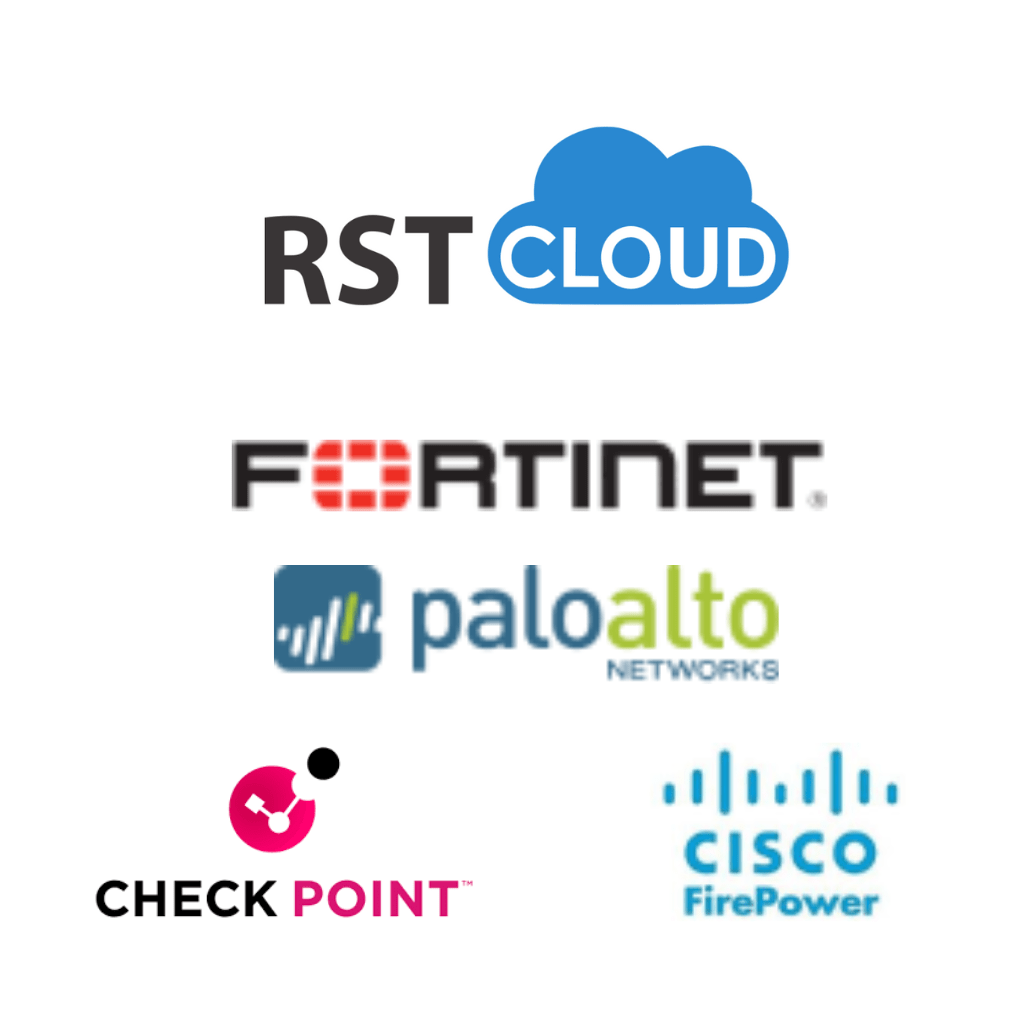
The Need of Third-Party Intelligence Feeds on Firewalls
Jun 18, 2024
Firewalls are built to fight with most common cyber threats. One powerful tool that can significantly enhance an organisation’s cybersecurity posture is the use of third-party intelligence feeds integrated with firewalls. This article explores the critical reasons why incorporating these feeds is essential for robust cybersecurity.
1. Enhanced Threat Detection
Firewalls serve as the first line of defence against cyber threats. However, their efficacy is limited by the quality and scope of their threat intelligence. Third-party intelligence feeds provide access to a vast array of threat data collected from various sources worldwide. This includes information on emerging threats, malicious IP addresses, suspicious domains and URLs, malware hashes, and known attack patterns. By incorporating this external intelligence, firewalls can detect and block threats more effectively, even those that have not yet been encountered within the organisation’s environment.
2. Broader Scope of Threat Intelligence
No single organisation, regardless of its size or resources, can collect and analyse all the threat data generated globally. Third-party providers aggregate intelligence from a multitude of sources, including open-source intelligence (OSINT), proprietary data from security vendors, and community-driven information sharing. This aggregation provides a comprehensive view of the threat landscape, giving organisations insights into threats that they might otherwise miss.
3. Improved Incident Response
Integrating third-party intelligence feeds with firewalls enhances the speed and accuracy of incident response. With detailed threat intelligence at their disposal, security teams can quickly identify the nature and scope of an attack, assess its potential impact, and implement appropriate mitigation strategies. This leads to a more efficient and effective response, reducing the time and resources needed to address security incidents.
4. Contextualised Threat Intelligence
Not all threats are equally relevant to every organisation. Third-party intelligence feeds can provide contextual information about threats, helping organisations prioritise their responses based on factors such as industry, geographical location, and the specific nature of their operations. This context-aware approach ensures that security measures are focused on the most pertinent risks, optimising the use of resources and minimising unnecessary disruptions. Ignore robots being blocked versus investigate real attacks happening.
5. Defence-in-Depth Strategy
A core principle of effective cybersecurity is the defence-in-depth strategy, which involves multiple layers of defence to protect against threats. Relying on a single vendor for threat intelligence can create blind spots, as no single vendor can see and analyse all potential threats. Integrating third-party intelligence feeds adds another layer of security, ensuring that diverse sources of threat data contribute to a more comprehensive and resilient defence system.
6. Reliable Partnership for Blocking Malicious Connections
Blocking malicious connections effectively requires reliable and accurate threat intelligence. Partnering with reputable third-party intelligence providers ensures that the data fed into firewalls is trustworthy and actionable. These partnerships are essential for maintaining the integrity of security measures, as they provide the confidence needed to block potentially harmful connections without disrupting legitimate traffic.
7. Minimising False Positives
One of the significant challenges in using threat intelligence feeds is the potential for false positives—benign activities mistakenly identified as malicious. High rates of false positives can lead to unnecessary disruptions and resource wastage. Therefore, it is crucial for threat feeds to have effective mechanisms in place to minimise these occurrences. This includes:
- Rigorous Validation Processes: Ensuring that threat data is verified and cross-checked against multiple sources before being integrated into the feed.
- Effective Scoring: Leveraging statistical algorithms to predict the impact of the threats.
- Machine Learning and AI: Leveraging advanced algorithms to analyse patterns and reduce the likelihood of false positives.
- Feedback Loops: Incorporating user feedback to continuously improve the accuracy of threat intelligence.
- Contextual Analysis: Providing context around threat data to help security teams make informed decisions about the severity and relevance of potential threats.
By minimising false positives, organizations can maintain a high level of security without compromising operational efficiency.
9. Regulatory Compliance
Many regulatory frameworks and standards, such as ISO, GDPR, HIPAA, SAMA, and PCI DSS, require organisations to implement robust security measures, including the use of up-to-date threat intelligence. Utilising third-party intelligence feeds helps organisations meet these compliance requirements by demonstrating that they are taking proactive steps to protect sensitive data and systems against the latest threats.
Conclusion
Today relying solely on internal threat intelligence or intelligence from one source is insufficient. Third-party intelligence feeds offer a critical enhancement to firewalls, providing enriched, real-time, and contextualised threat data that significantly bolsters an organisation’s defensive capabilities. By integrating these feeds, organisations can achieve a more comprehensive, proactive, and effective cybersecurity posture, ensuring better protection against the ever-evolving threat landscape. Incorporating these feeds as part of a defence-in-depth strategy and establishing reliable partnerships for threat intelligence are essential steps in building a robust and resilient security infrastructure.